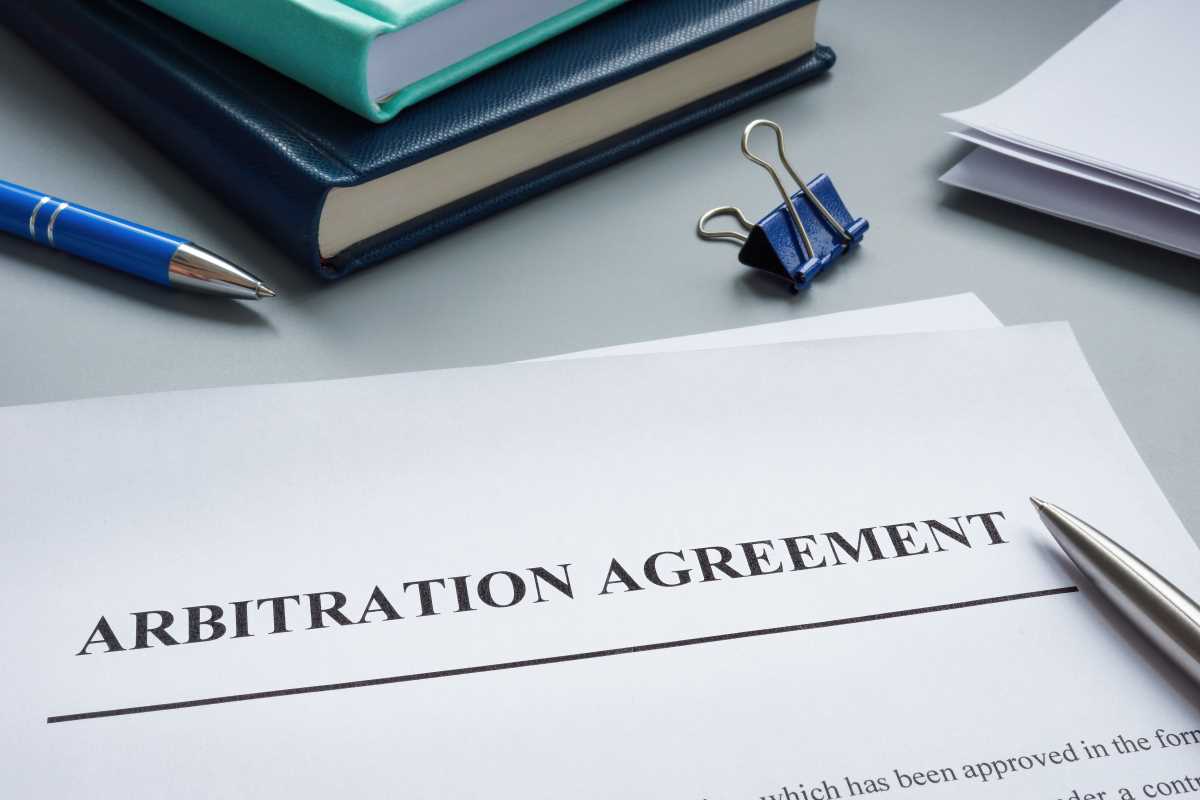Creating a product that qualifies for copyright protection is an important step in safeguarding your intellectual property. Copyright laws exist to give creators exclusive rights over their work, whether it’s music, literature, software, or design. By securing copyright, you can control how your work is used, distributed, or commercialized, while ensuring you are recognized and rewarded as its creator. Successfully navigating the specifics of copyright involves more than simply creating something new. It requires a clear understanding of the legal framework, from ensuring originality to understanding how and when to enforce your rights.
If you are a creator, entrepreneur, or innovator, failing to address copyright considerations early in the process could jeopardize your ability to protect and profit from your efforts. Below, we explain eight essential factors to consider when creating a copyright-protected product so you can safeguard your work and preserve its value.
Originality is Key
For a product to be copyrightable, it must be original. However, originality within the context of copyright law does not require your work to be groundbreaking or completely different from everything that already exists. Instead, it simply means that the work must have been created independently by you and must demonstrate some degree of creativity. For instance, even a short poem or a simple graphic design may qualify as original if it is not copied from another source.
To establish originality, document your creative process. Keeping early drafts, sketches, outlines, or prototypes can help prove that your product was developed through your own effort. This documentation can serve as valuable evidence if questions about the originality of your work arise later. Taking these steps not only satisfies the requirements for copyright protection but also demonstrates the effort and thought that went into developing your product.
Confirm Copyright Eligibility
Copyright laws govern a specific range of original works. Broadly speaking, copyright applies to creations like books, music, art, photographs, films, and computer programs. For these works to receive copyright protection, they need to be “fixed in a tangible medium.” This means they must exist in a form that is perceptible, like being written down, recorded, or digitally stored. For example, a story idea floating in your mind cannot be copyrighted, but a manuscript written and stored on your computer can.
It’s important to understand that copyright does not cover concepts, ideas, or methods themselves. While you can copyright a written expression of your idea, the idea itself remains unprotected. Creators must ensure their works meet these eligibility criteria before they can claim copyright protection.
Registering Your Work
Although copyright protection is automatically granted as soon as an original work is created, formal registration strengthens your ability to enforce your rights. A registered copyright not only provides public recognition of your ownership but also gives you added legal benefits, such as the right to file infringement claims and claim statutory damages in court. Registration can also make it easier to license your work, demonstrating to others that your rights are valid and enforceable.
Creators can typically register their work through government agencies like the U.S. Copyright Office. The process involves submitting an application, paying a fee, and providing a copy of the work. This small investment of time and money adds a valuable layer of protection, particularly for products that may generate significant revenue or face the risk of unauthorized use.
Conduct a Copyright Search
Before you launch or commercialize your product, it’s wise to confirm that it does not overlap with existing copyrighted works. Overlooking this step could put you at risk of unintentionally infringing on someone else’s intellectual property, leading to legal disputes and financial repercussions. A copyright search involves reviewing databases or public records to ensure that your product is original and does not infringe on pre-existing works.
If you’re unsure how to verify whether your product conflicts with an existing copyright, consider consulting legal professionals. Their expertise can help ensure your work is in the clear, minimizing risks as you proceed with registration or commercialization.
Be Aware of Copyright Limitations
While copyright provides creators with powerful protections, it has certain limitations that you should understand. Copyright normally protects a work for the creator’s lifetime plus an additional 70 years. After this period, the work enters the public domain where it becomes freely available for use. Similarly, copyright laws include provisions for “fair use,” which allows others to use protected works under specific circumstances, like criticism, education, news reporting, or research.
For example, a journalist might quote small portions of a copyrighted book when writing a review, provided the use is reasonable and does not harm the market value of the original work. Understanding these limitations is important for balancing your rights as a creator with broader public and legal considerations.
Consider the Scope of Protection
When planning to protect your product, think carefully about the level and scope of copyright protection you require. For instance, if your product will be distributed internationally, you may want to explore copyright registration in multiple jurisdictions to ensure global protection. International treaties, like the Berne Convention, provide some degree of automatic protection across member countries, but registering your work in key markets strengthens this protection.
You should also evaluate whether your copyright protection will apply purely to the original product or extend to adaptations or derivative works. For example, a novel could later be adapted into a film or video game. Structuring your copyright rights to include adaptations can help you retain control over these possibilities.
Actively Enforce Your Rights
Creating a copyright-protected product is only the first step; ensuring your rights are respected requires active enforcement. Unauthorized use of your work can happen intentionally or unintentionally, and monitoring such activity will help you protect your rights and deter potential infringers.
Begin by keeping track of where and how your product is being used, especially online. If you discover that someone is using your work without permission, respond promptly by issuing a cease-and-desist letter or contacting the responsible parties. Should informal methods fail to resolve the issue, you may need to escalate the matter with legal action. Taking prompt action against unauthorized use demonstrates your commitment to preserving your work’s value.
Seek Legal Expertise
Copyright law often involves complexities that may not be immediately apparent. Relying on professional assistance from intellectual property attorneys or copyright specialists can help avoid costly errors in protecting your product. Experts can guide you in tailoring copyright strategies, drafting licensing agreements, or integrating related protections like trademarks and patents, depending on the nature of your product.
While hiring a professional does involve an upfront cost, this expense is often outweighed by the benefits of a well-protected product. Proper legal planning also minimizes the risk of disputes later, smoothing the path for your product’s success.







